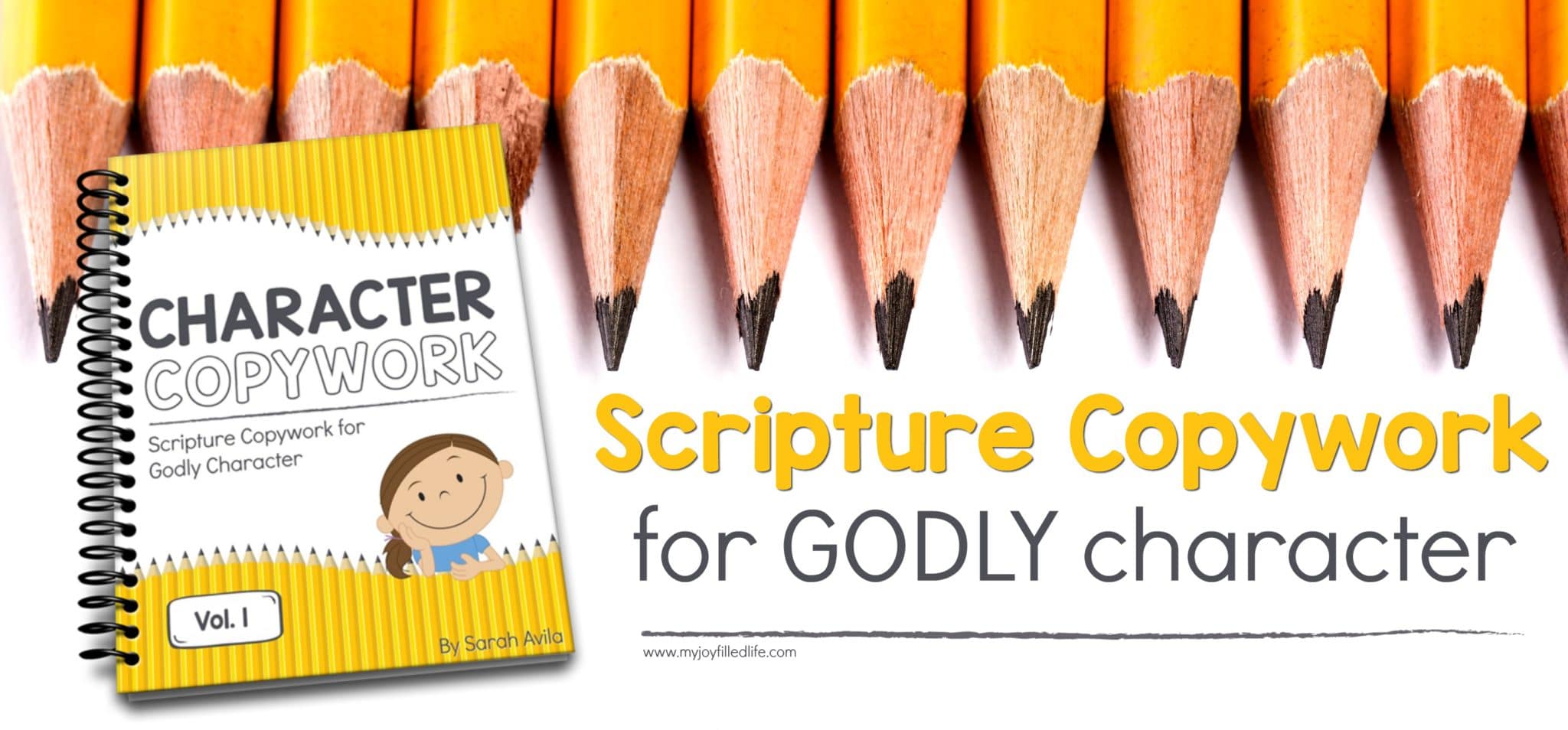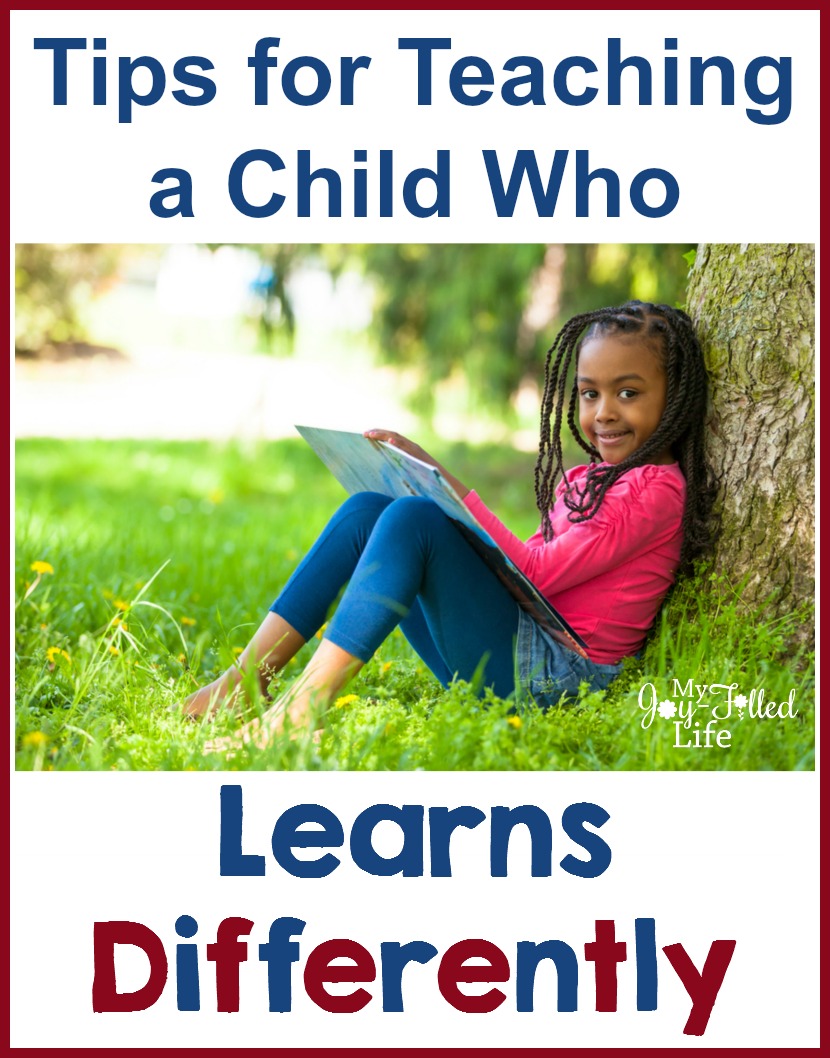I pulled my daughter from school because she hated it. HATED it. My husband took her to school and had to PRY her from the car and carry her into the building. I cringe when I even think about how many days we did that before we realized something wasn’t right. Even after having her home, I didn’t realize how much she struggled to learn.
New to homeschooling, I bought a multi-age unit that could be reused for my younger kids. The first year, our choices worked great. Things flowed well – except that my daughter didn’t learn. Before I had kids, I taught public school. I knew how to teach. Until I didn’t. Teaching in a public school and teaching at home is different as night and day. Teaching children with a propensity for textbook learning and teaching children who learn differently, well, that’s as different as night and day too.
My training as a teacher left me floundering when it came to my struggling learner. Many people see their struggling learner as one who has a LD – Learning Disability. I define LD as Learning Differently. When we have a learner who learns differently, we need to teach differently. None of the curriculum that worked for my other kids worked for my struggler. My methods fell short. I felt lost. I saw my child struggle and I didn’t know what to do. I went back to school and became an educational therapist. I realized that even though she struggles, she can still learn – just differently. Now I help others who learn differently too.
Tips for teaching a child who learns differently
- Break the mold. What works for one child may not work for another. And that’s OK. Find what works for your child and stick to it. That might mean throwing out curriculum you like or what you’ve already purchased. Think outside of the box.
- Meet them where they are. Don’t start from where they need to be and hope they catch up. Start your child where they are in each individual area and go from there. If you stay too easy, they are not challenged and boredom leads to other problems. If you stay too hard, they work out of frustration and stress. Learning decreases in stressful times.
- Teach using ALL learning styles and ALL senses. Learning styles (visual, auditory, kinesthetic) are a good place to start, just don’t stay in one and forsake the others. It’s important to use all styles incorporating as many of the senses as possible. My tip: Introduce new concepts in the method your child learns best, then review in other styles.
- Ask for help. If your child struggles significantly and you have trouble teaching them differently, please seek help!
Most of all, remember to have fun in learning. Don’t lose hope when your child who learns differently struggles. Find the key to unlock what works for them.
Click the image below to see all the posts in The ABCs of Homeschooling Series









Thank you for this post. I have a son in the same situation. I want to start homeschooling him, but don’t have the support of my second half, in fact he is against it.
I try to find other ways of learning his lessons here at home, it is difficult when teacher want specific ways though and it just doesn’t click with you child. In fact he is just labeled a behavioral child (word of mouth).
How can I work with my child’s teacher to work with him in a way he learns best. I would have to endure the wrath of the whole school system way of teaching (maybe I should upset it).